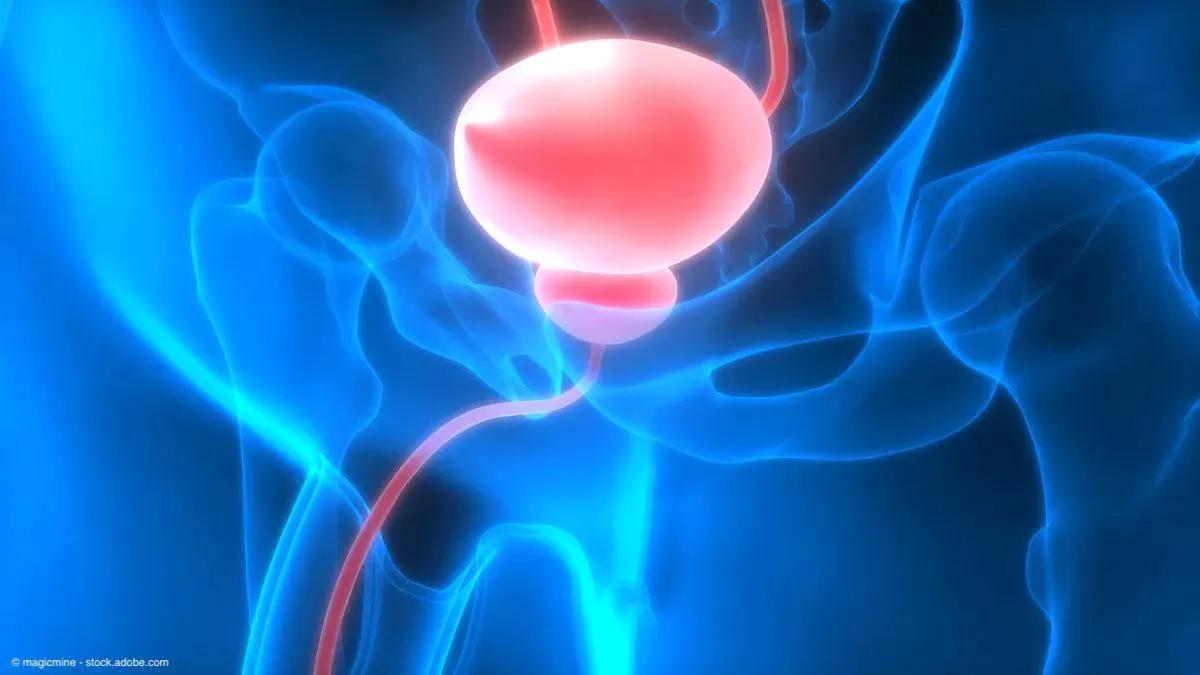News
Article
Study shows feasibility of mobile app for patients recovering from cystectomy
Author(s):
The mHealth mobile app provides patients with incremental education on post-cystectomy recovery, delivering information at various timepoints after the patient is discharged from the hospital.
Use of the mHealth digital platform is feasible in patients recovering from radically cystectomy, providing them with education, alerts, and symptom tracking, according to a small study published the Journal of Urology.1
“Future studies are needed to determine the effectiveness of the tool in improving patient outcomes and its potential implementation into routine clinical care," the authors wrote.

Overall, 90% of patients used the mHealth application (app) 1 week following discharge. Engagement declined to 50% over time, most frequently attributed to technological difficulties. The researchers did not observe a statistically significant association between use of mHealth and readmission (P = .21).
“Our study demonstrates the feasibility and acceptability of a postoperative electronic mobile health intervention that enables 2-way communication for patients undergoing radical cystectomy. The use of the tool provided patients with valuable educational content, symptom management, and allowed for better engagement with their health care team,” the study authors wrote.
Researchers used information from prior interviews with cystectomy patients and providers to develop mHealth and made it available for patients through Twistle. The app provides patients with incremental education on post-cystectomy recovery. It delivers information at various timepoints after the patient is discharged from the hospital.
The researchers directed patients to use mHealth every day for the first 2 weeks post-discharge, every other day for the next 2 weeks, and then once a week for up to 90 days post-discharge. Using branching logic, the app delivers real-time responses to questions and answers patients provide, along with resources for the patient. “Clinically worrisome” patient responses trigger an alert to a triage nurse during office hours and advise the patient to call 911 or go to an emergency room during off-hours.
The study included 33 patients scheduled to receive cystectomy for bladder cancer at the University of North Carolina. Fifty-eight percent of the patients were aged ≤65 years, 67% were male, 88% were White, and 12% were Black or African American. Sixty-four percent of patients were married, 21% of patients were disabled or on medical leave, 36% were employed, and 42% were retired/unemployed/homemaker. Education levels include high school or less (27%), some college/associate/vocational (36%), and at least college/professional degree (36%).
Health insurance data showed that 33% of patients had employer coverage, 52% of patients had Medicare, and 15% of patients had other coverage. Twelve percent of patients were current smokers. The devices used included smartphone (77%), tablet (7%), laptop (10%) and computer (7%).
Clinical T stages included Ta (3%), Tis (3%), T1 (27%), T2 (60%), T3 (3%), and T4 (3%). Clinical N stages were N0 (93%) and N1 (7%). Clinical M0 stage was 100%. Over half of patients (52%) received neoadjuvant chemotherapy. Eighty-two percent of patients had robotic surgery and 18% of patients had open surgery. Intraoperative complications occurred in 6% of patients and postoperative complications occurred in 39% of patients. The 30- and 90-day readmission rates were 18% and 30%, respectively.
Regarding next steps, the researchers wrote, “Future studies are needed to determine the effectiveness of the tool in improving patient outcomes and its potential implementation into routine clinical care. By addressing the limitations of our study through a larger multi-institutional randomized design that measures outcomes and evaluates implementation into clinical care, we can continue to improve the quality of care for patients undergoing radical cystectomy and other surgical procedures.”
Reference
1. Weiss K, Abimbola O, Mueller D, et al. Feasibility, Acceptability, and Outcomes of a Mobile Health Tool for Radical Cystectomy Recovery. J Urol. 2024 Feb;211(2):266-275. doi: 10.1097/JU.0000000000003787

















